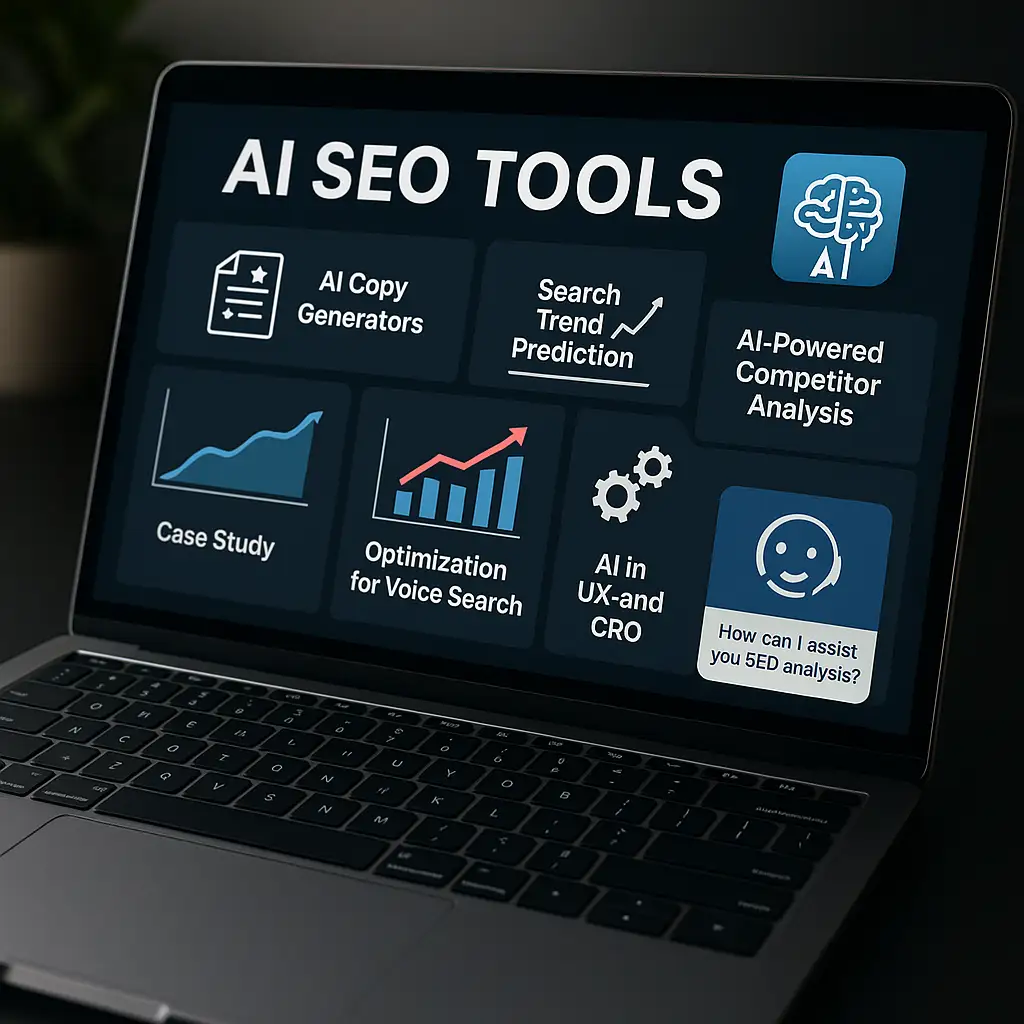Low-Code Revolution: How Visual Development Is Transforming Software and Marketplace Creation

Low-Code Revolution: How Visual Development Is Transforming Software and Marketplace Creation
Introduction
Just a few years ago, building a marketplace or enterprise app required months of coding, dozens of developers, and a hefty budget.
Today, thanks to low-code and no-code platforms, this process can take weeks — or even days.
The low-code movement is one of the most transformative shifts in modern software development. It’s democratizing creation, allowing business teams, designers, and even non-technical founders to build complex applications visually — through drag-and-drop interfaces and pre-built logic components.
This isn’t about replacing developers. It’s about redefining how software is built.
1. What Are Low-Code and No-Code Platforms?
Low-Code
Low-code platforms provide visual environments for building software with minimal hand-coding. Developers can use drag-and-drop tools to design interfaces and workflows, then extend functionality with traditional programming where needed.
Examples: OutSystems, Mendix, Retool, Bubble for complex web apps.
No-Code
No-code tools go a step further — enabling non-technical users to create functional applications entirely through graphical interfaces.
Examples: Webflow (web design), Glide and Adalo (mobile apps), and Zapier or Make (automation).
Together, they form the backbone of visual development, a new era of software engineering focused on speed, agility, and inclusivity.
2. The Forces Behind the Low-Code Revolution
Several trends have accelerated the rise of visual development:
- Talent shortage – demand for software engineers far exceeds supply.
- Business agility – companies need to adapt digital tools faster than traditional IT cycles allow.
- Cloud maturity – infrastructure is now accessible through APIs, making modular integration simple.
- Economic pressure – low-code tools reduce time and cost by up to 70%.
- User empowerment – business teams can directly build and iterate products without waiting for IT.
The result: development has become a collaborative process between technical and non-technical professionals.
3. Building Marketplaces with Low-Code
One of the most promising uses of low-code is in marketplace development.
Creating a multi-vendor platform requires managing:
- user onboarding,
- payment gateways,
- listings and inventory,
- messaging systems,
- analytics, and more.
Traditionally, this meant custom development — expensive and time-consuming.
With low-code frameworks, teams can now assemble these elements using ready-made modules, API connectors, and workflow automations.
Example:
A company builds a niche B2B marketplace using Bubble for the front-end, Stripe for payments, and Airtable for data — launching a fully functional MVP in 6 weeks instead of 6 months.
4. Low-Code for Enterprise Applications
In larger organizations, low-code tools are transforming internal development.
Departments that once depended entirely on IT now create their own tools — CRMs, dashboards, project management systems, and workflow automations — without writing code.
This concept, called citizen development, empowers employees to solve problems independently while freeing IT teams to focus on core systems.
Companies like Siemens, Shell, and Unilever have already implemented low-code ecosystems that speed up internal innovation dramatically.
5. Benefits of Low-Code / No-Code Development
- Speed – applications can be prototyped and deployed up to 10x faster.
- Cost Efficiency – fewer resources are needed for development and maintenance.
- Accessibility – non-programmers can create tools for their teams.
- Scalability – many platforms integrate seamlessly with enterprise APIs and cloud services.
- Innovation – rapid prototyping encourages experimentation and iteration.
In short, low-code turns ideas into working products faster than any traditional method.
6. Challenges and Limitations
Low-code isn’t a magic bullet. There are still challenges to consider:
- Customization limits – deep integrations or complex logic sometimes require traditional coding.
- Vendor lock-in – migrating from one platform to another can be difficult.
- Security & compliance – enterprises must ensure that data handling meets regulatory standards.
- Performance – some platforms may struggle with high transaction volumes or advanced scalability.
The key is balance — using low-code for what it does best (speed and efficiency) while combining it with traditional development when needed.
7. The Role of Developers in the Low-Code Era
Contrary to fear, developers won’t disappear — they’ll evolve.
Low-code platforms don’t eliminate the need for engineers; they change their role from coding every feature to orchestrating architecture, integration, and scalability.
Developers become enablers — creating reusable components and APIs that empower non-technical users to innovate safely within controlled environments.
In essence, low-code development frees engineers from repetitive work and lets them focus on complex, high-value challenges.
8. The Future of Visual Development
By 2030, analysts predict that over 70% of new business applications will be built using low-code or no-code platforms.
AI will play a crucial role — automatically generating app layouts, workflows, and even code snippets based on plain-language instructions.
We’re already seeing this with tools like Microsoft Copilot, which can turn a business description into functional code in seconds.
This will lead to a hybrid ecosystem where human creativity and machine intelligence merge — accelerating digital transformation beyond anything we’ve seen before.
9. Why Low-Code Matters for Marketplace Builders
For companies like FivoWeb that design custom software and marketplaces, embracing low-code tools offers strategic advantages:
- Faster MVP delivery for clients.
- Lower entry costs for startups and SMBs.
- Seamless integration with traditional codebases and APIs.
- Scalable prototypes that evolve into enterprise-grade solutions.
Low-code doesn’t replace custom development — it extends it, enabling teams to build more with less.
Conclusion
The low-code revolution is reshaping software engineering from the ground up.
It removes barriers, speeds up delivery, and empowers anyone — not just developers — to create digital products.
In the coming years, the most successful marketplace platforms won’t just be the most powerful; they’ll be the most adaptable.
And adaptability begins with flexibility — the core promise of low-code.
For businesses that want to stay ahead, the message is clear: start building smarter, not slower.






































